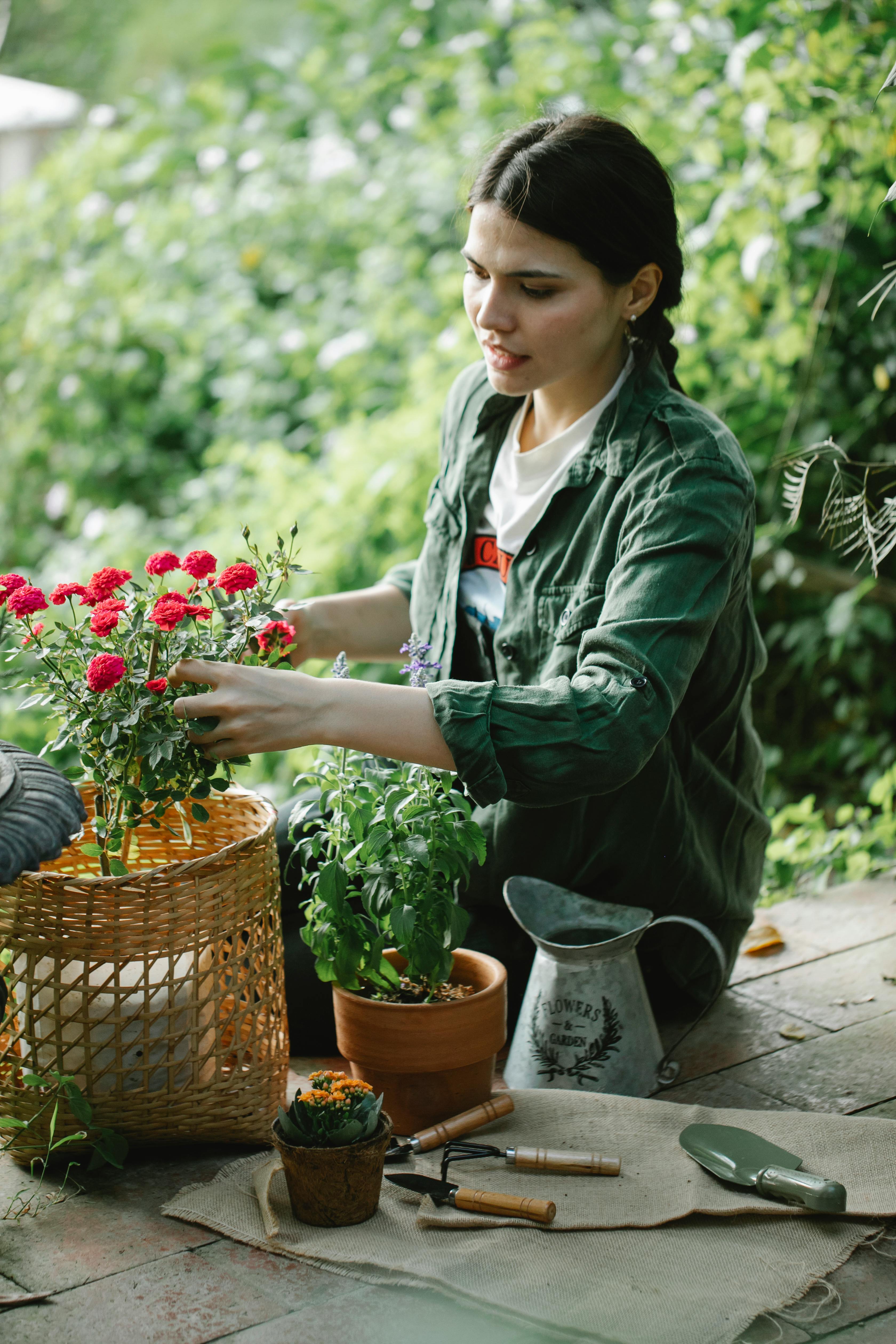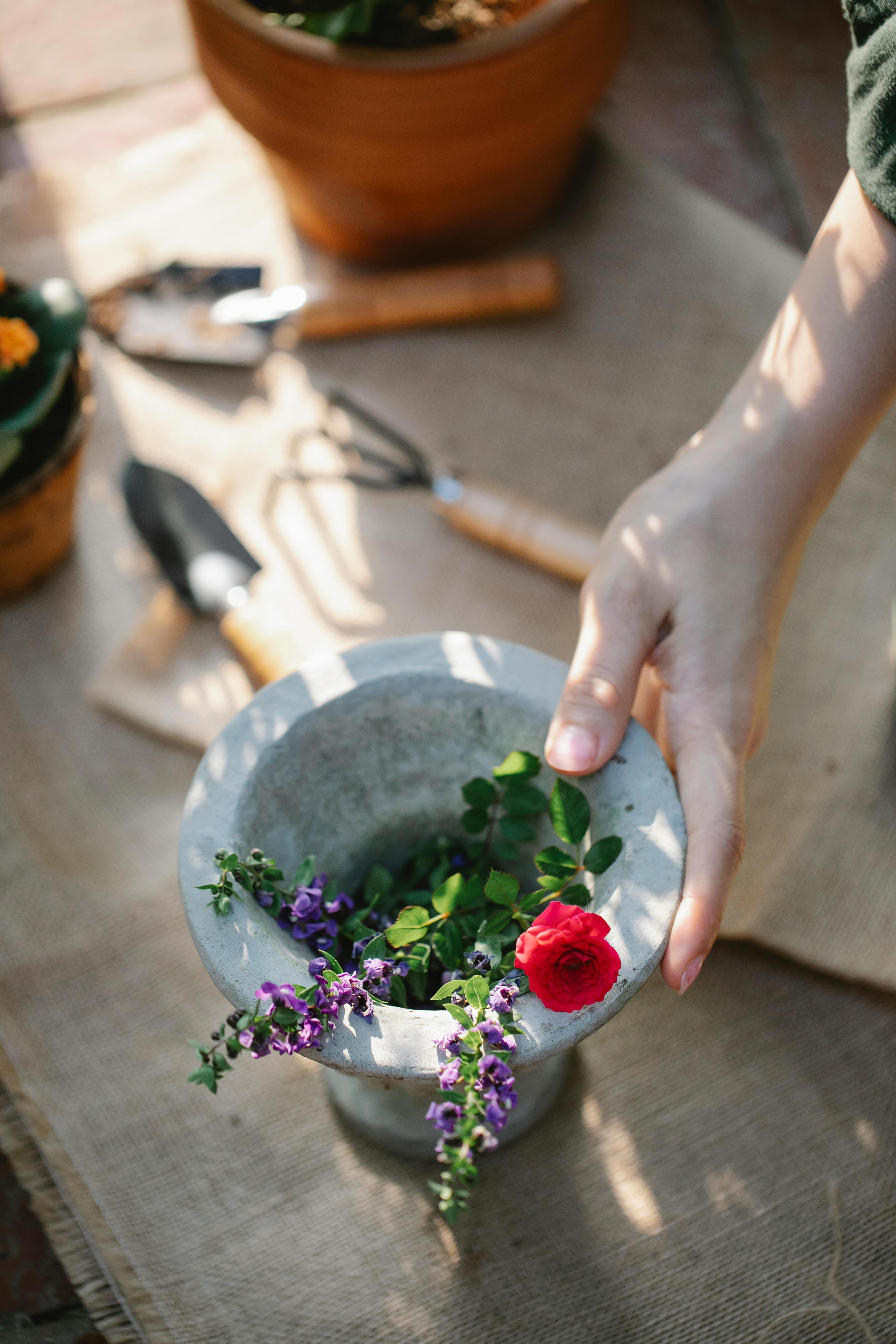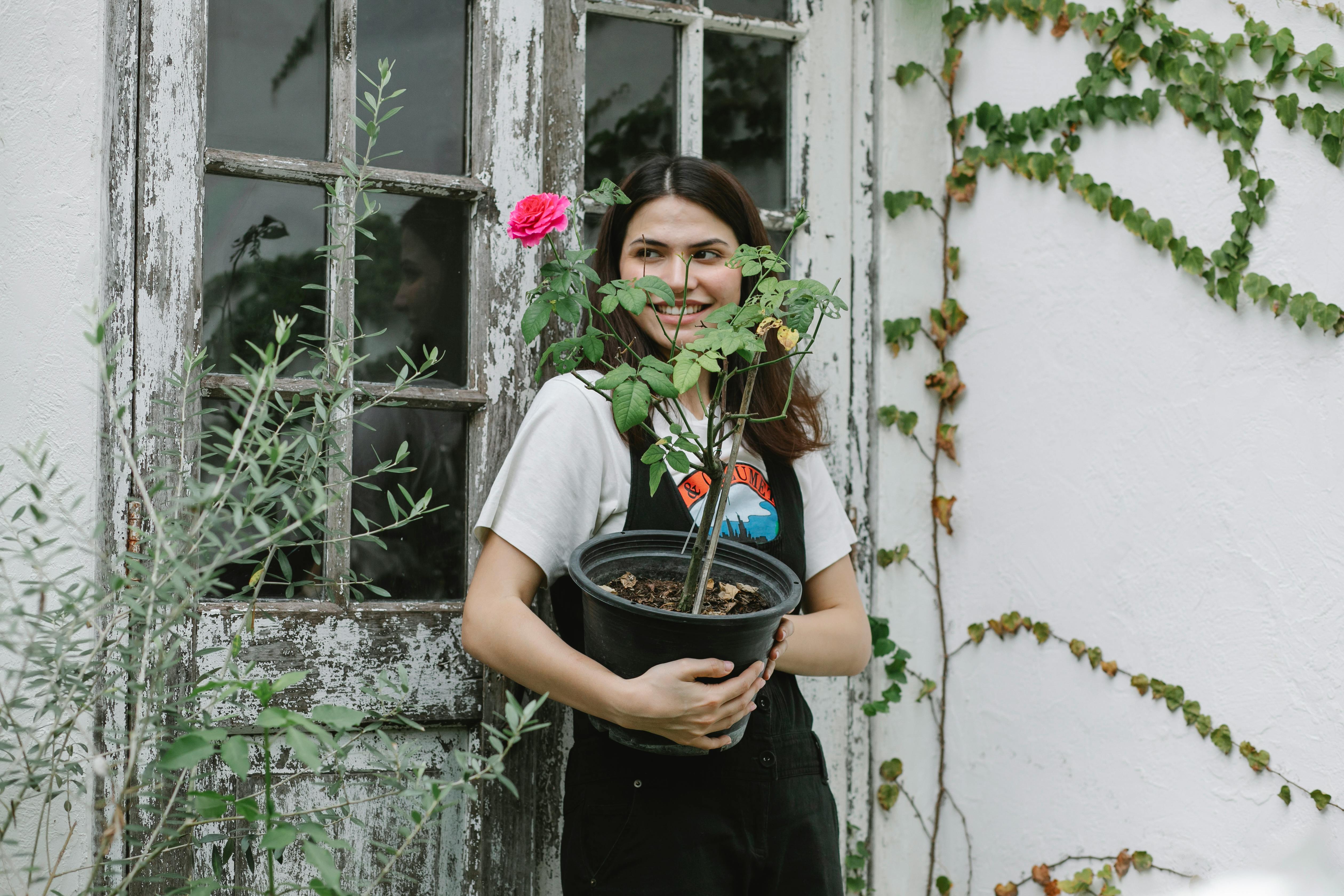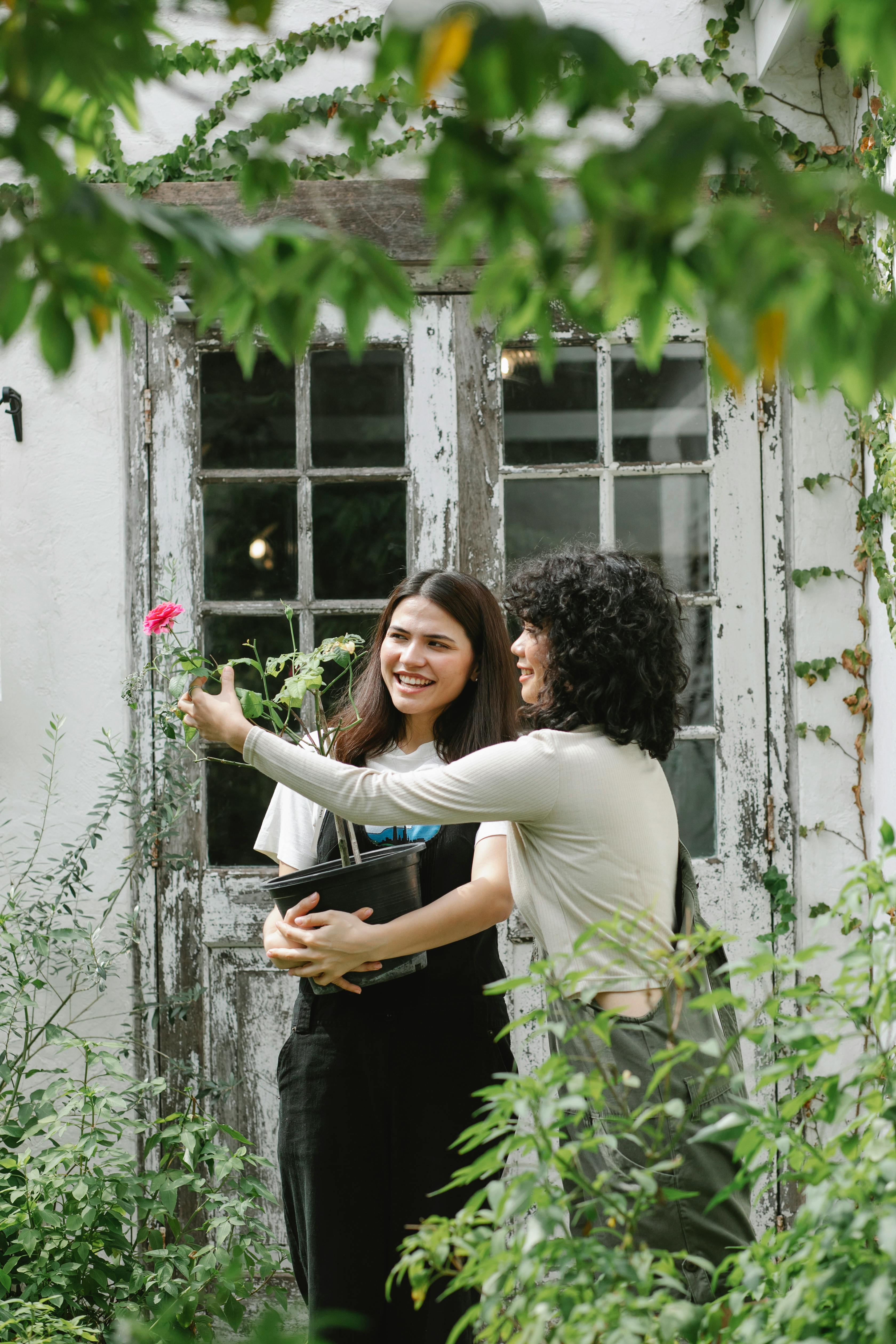How to grow roses in a garden
It’s no surprise that roses are one of the world’s favorite flowers. Their beautiful fragrance and stunning blooms are sure to bring delight to any gardener. Whether planted into pots, billowing over the fence, climbing over arches, or lined along the driveway – there is a rose to suit every spot in your garden.
 |
| How to grow roses in a garden |
Bare-rooted roses (roses which are packed into plastic bags filled with sawdust) are available for planting in winter, whereas potted roses can be planted at other times of the year.
- Choose a sunny spot with well-drained soil. Enrich the soil with Yates Dynamic Lifter Organic Plant Food. If the soil is clay-based, add gypsum and fork in the well.
- Dig a hole around 30cm wide and 30cm deep and create a small mound of soil in the center of the hole. It is essential that the hole is large enough for the roots to spread out naturally.
- Remove the plant from the pot or packaging, remove excess soil and prune off any damaged or broken roots. Then, carefully spread the roots evenly over the mound.
- Backfill the hole with soil, ensuring the graft union (where the stem joins onto the rootstock) is 5cm above the top of the soil. Adjust if necessary and firm the soil.
- Water in well and mulch with organic mulch, such as woodchip or pea straw.
- Once shoots or leafy growth starts to appear, feed weekly with Yates Thrive Natural Roses Flowers Plant Food Concentrate.
- Cut flowers to enjoy inside the home and also remove spent flowers – this will help promote more blooms.
- Prune roses back by two-thirds in winter, removing dead branches and any stems growing inwards – an open, vase shape will help with light and air circulation.
 |
| How to grow roses in a garden |
How to grow roses in a pot
Bare-rooted roses (roses which are packed into plastic bags filled with sawdust) are available for planting in winter, whereas potted roses can be planted at other times of the year.
- Choose a pot that is at least 500mm wide and deep (miniature roses can grow in a smaller pot). Position the pot in full sun.
- Fill with quality potting mix, such as Yates Premium Potting Mix. Remove and/or push soil to the side to create a planting hole. Use the excess soil to create a mound in the center of the hole.
- Remove the rose from its pot or packaging, remove excess soil and prune off any damaged or broken roots. Then, carefully spread the roots evenly over the mound.
- Backfill the hole with potting mix, ensuring the graft union (where the stem joins onto the rootstock) is 5cm above the top of the soil. Adjust if necessary, firm the soil and water well.
- Once shoots or leafy growth starts to appear, feed weekly with Yates Thrive Natural Roses Flowers Plant Food Concentrate.
- Cut flowers to enjoy inside the home and also remove spent flowers – this will help promote more blooms.
- Prune roses back by two-thirds in winter, removing dead branches and any stems growing inwards – an open, vase shape will help with light and air circulation.
- Roses have large root systems, so it’s ideal to re-pot every couple of years into larger pots to prevent them from becoming root-bound.
 |
| How to grow roses in a garden |
Growing tips
- Plant bare-rooted roses in winter and potted roses at other times of the year.
- When buying bare-rooted roses, check that the stems, which may be bright green or reddish-brown in color, are smooth and free from wrinkling.
- Prior to planting bare-rooted roses, soak the roots in a bucket of water to hydrate them and remove any soil.
- Don’t buy rose plants until you are ready to plant.
- Maintain a layer of organic mulch at the base of the plant to help conserve moisture (keep the mulch a few centimeters away from the stem).
- Prune roses in the depths of winter, cutting them back to around knee height. Immediately after pruning, spray with Yates Lime Sulfur Concentrate to help clean up any pests and diseases and give the roses a fresh start to the new season.
- Give roses a light prune in summer to encourage a second flush of blooms in autumn. Trim off around one-third of the overall growth and feed well with Yates Thrive Roses & Flowers Liquid Plant Food.
- Remove spent flowers from roses regularly to keep the bush tidy and promote more flowers.
- Feed roses each week with Yates Thrive Roses & Flowers Liquid Plant Food from spring to autumn to keep them healthy and flourishing.
- To help minimize disease, water roses in the morning and water around the base of the plant rather than over the foliage.
- Prune and remove any black spot affected leaves from the plant and on the ground. Spray the brush thoroughly with a fungicide, like Yates Rose Gun Spray Ready to Use to help control the disease and stop the spread.
- For established plants, dress the soil every season (except winter) with Yates Dynamic Lifter Organic Plant Food.
- Remove rose hips (fruits) from the plant as they drain energy from the plant and inhibit the growth of more flowers.
- Different types of roses include:
- Hybrid Tea roses
- Floribunda roses
- Miniflora roses
- Shrub roses
- Standard roses
- Weeping standards
- Climbing, rambling, and pillar roses
- Carpet roses
- Old Garden and heritage roses





